Jiu Jitsu Jujitsu Judo And Total RYU
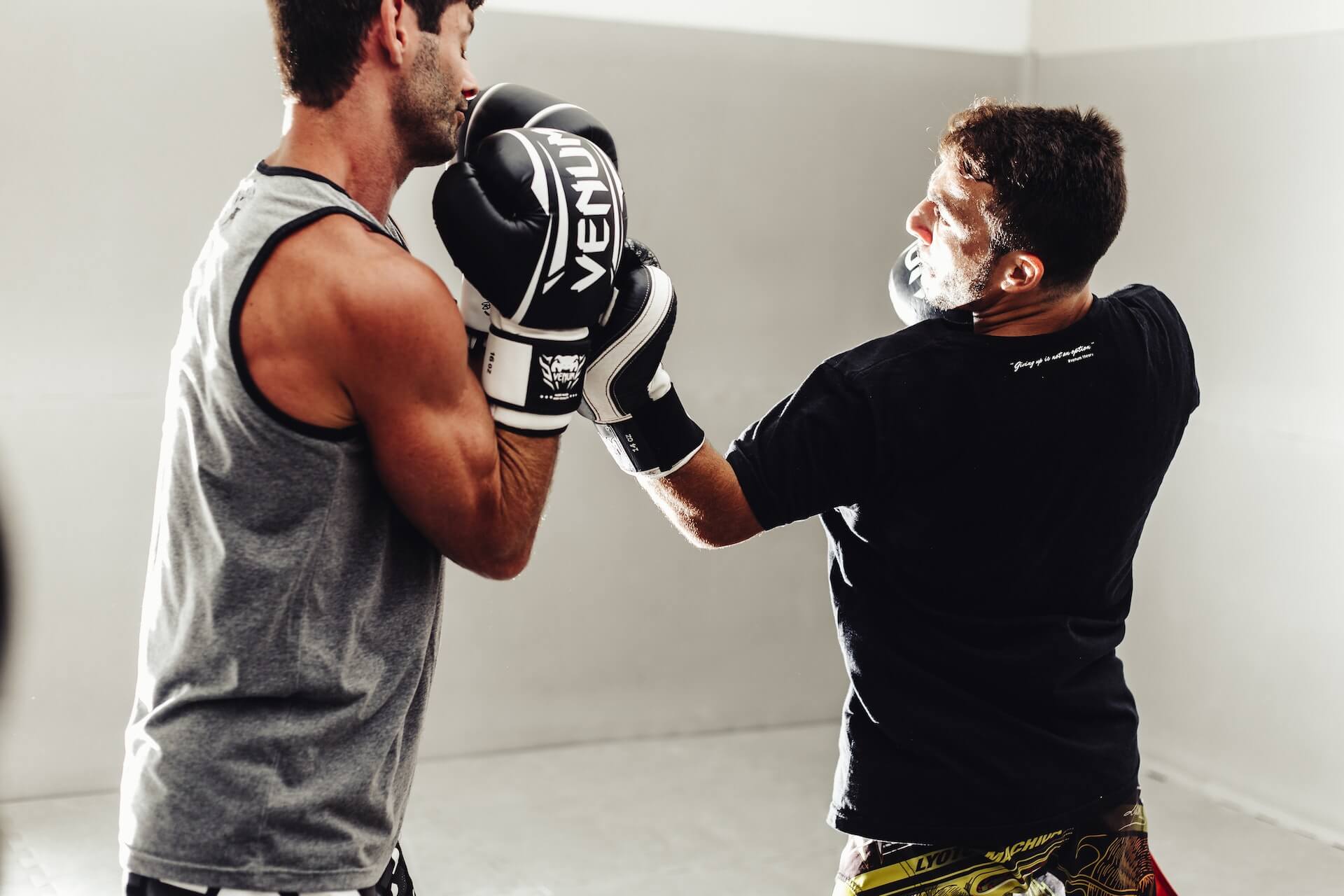
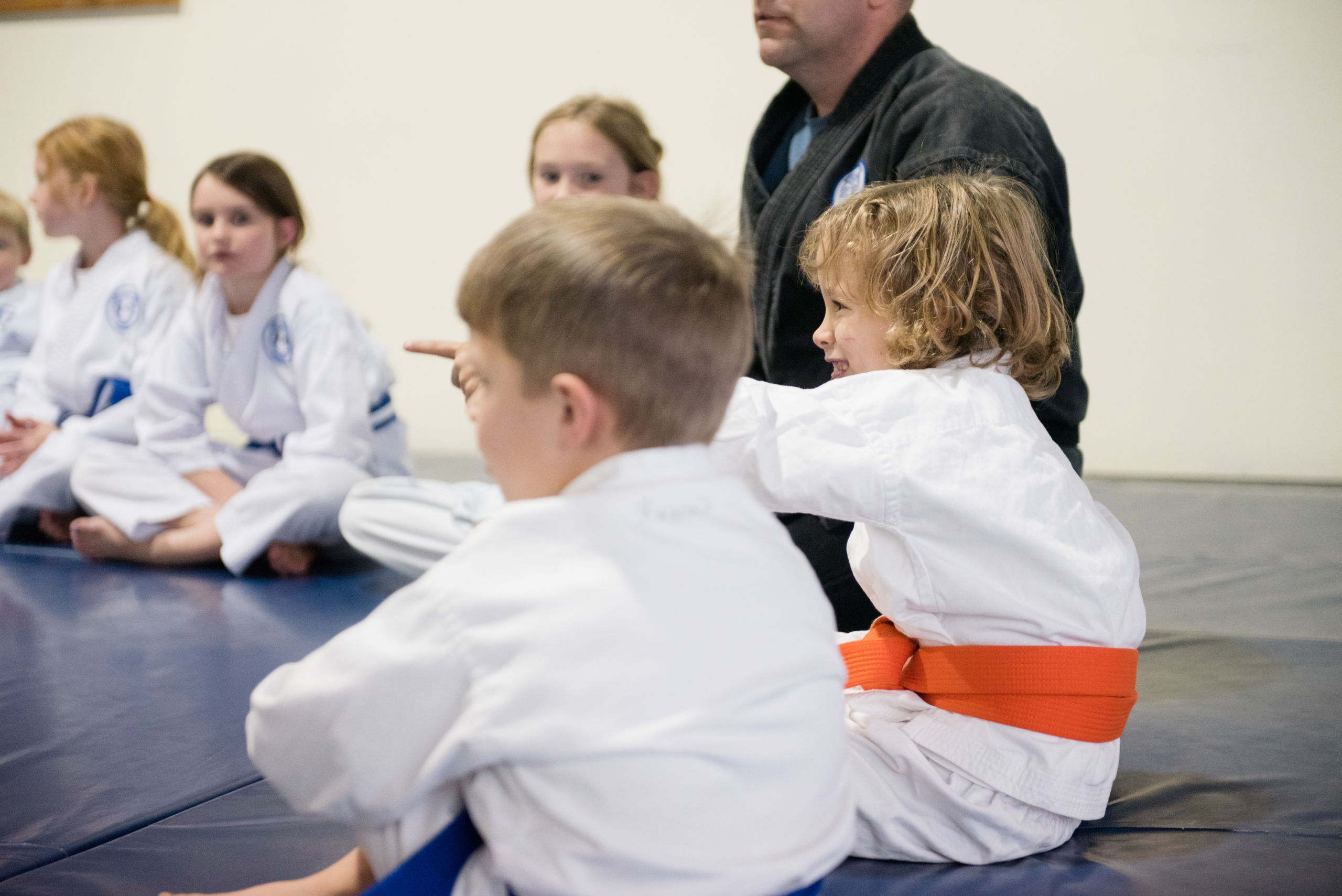
What is the difference between what you teach and jiujitsu?
Total Ryu Martial arts, Fort Collin CO
Judo: Jigoro Kano is credited with Judo’s founding about 1880.
In Kano’s own words, “In my youth, I studied under many eminent (jujutsu) masters…also called taijutsu and yawara, it was a system of attack that involved throwing, hitting, kicking, stabbing, slashing, choking, bending and twisting limbs, pinning an opponent and defenses against these attacks.” Kano was not a big man, and his study of various jujutsu arts under different teachers and masters led him to understand that some of the essential principles of jujutsu are motion and off balancing. Combined with a desire for someone his size (about 100lbs and a little over 5 feet tall) to be able to defeat an opponent twice that size or maybe even larger, this helped him perfect his idea of what the art of jujutsu should be. During this period, he created or refined many different types of throws and techniques that fit his new goals; Kano also rejected many excellent techniques that were not needed unless one was in combat.Kano reformed or changed jujutsu into judo and focused on two types of training: kata, a series of techniques taught in a specific pattern, and Rondori, more freeform combative practice. Competitions ensued, and dangerous techniques were gradually eliminated to help ensure the safety of the participants—though in the early days many students were still seriously injured. Judo is a fantastic martial art but has lost its combative roots in favor of competition. Today’s judo is also different from Kano’s judo. The difference is most evident in how practitioners perform the throws O Soto Gari, Tao Otoshi, and Seo Otoshi. In today’s judo, throwers cut short or completely skip the hip rotation, drop, or set step in these techniques; the throws are still executed, but not with the finesse or kuzushi Kano taught. Today’s practitioners rely more on power and strength to complete or perform the throw, which is contrary to Kano’s vision of the art.
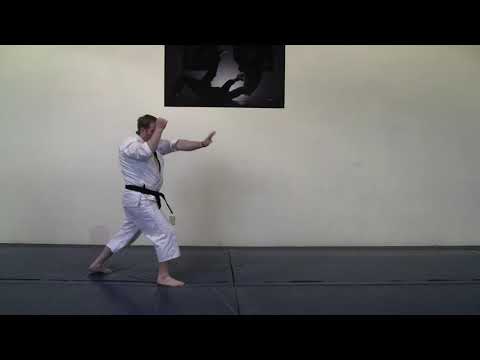
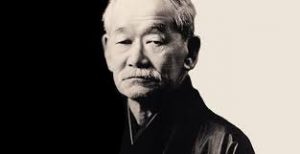
The evolution started by Kano continues, but some will argue not in a good way. There are judo systems and practitioners that still do what Kano taught, but the competitive drive has changed most throws to the quick, shortcut technique that usually doesn’t work the way they desire in practice or competition—and, of course, in the real world. While Total Ryu does include many of the throwing techniques created or refined by Kano, it also retains many of the original combative techniques that have been disallowed or rejected due to competition safety or other reasons. Total Ryu does not train for competition. Everything Total Ryu does in training is geared toward self-defense.

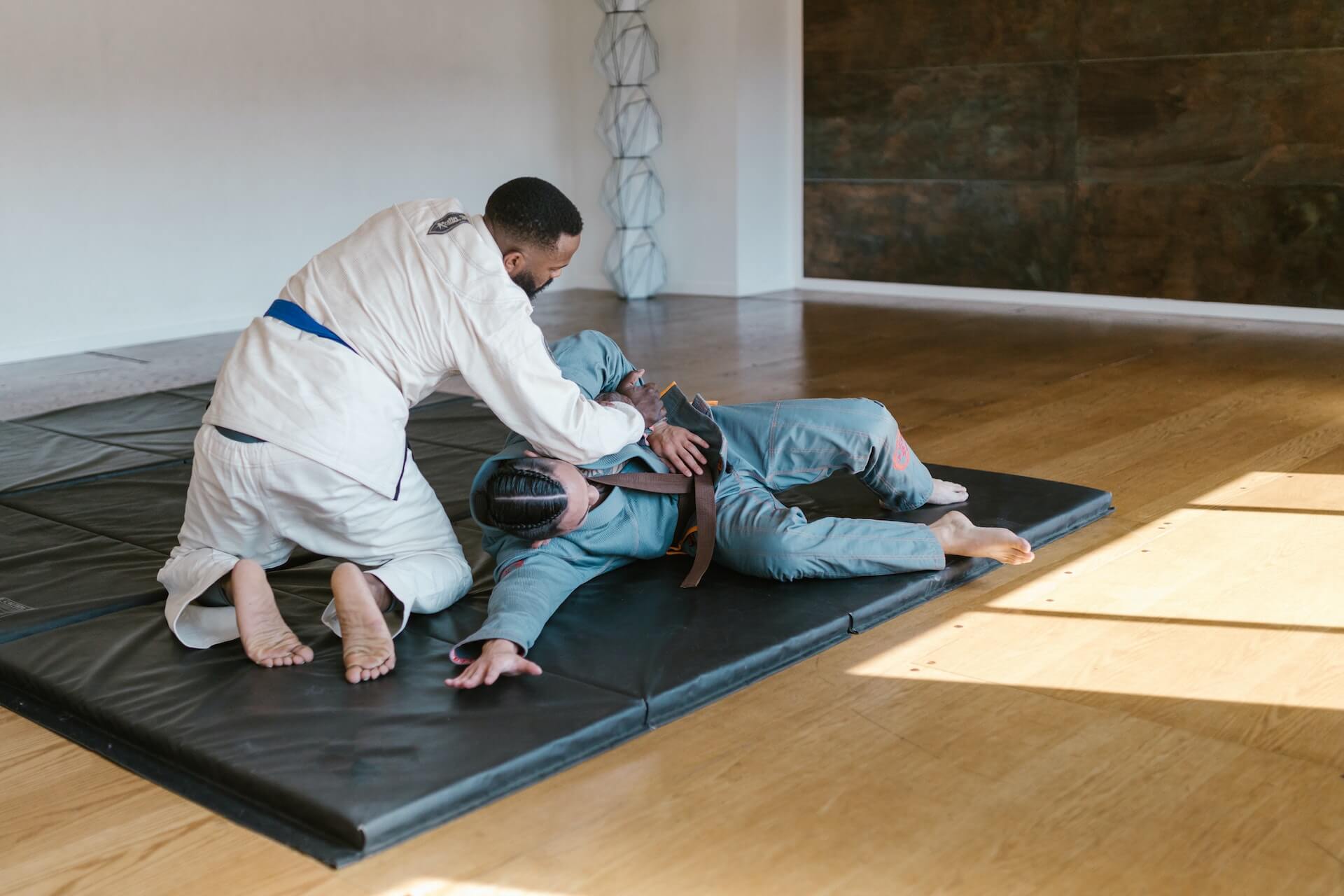
From the Gracies’ books, we also learn that the Gracies and other students of Maeda competed in judo matches in their area, along with other mixed discipline matches. Because of Maeda’s size, the ground game or Ne Waza became their forte. The general strategy in these one-on-one matches was to let the fight go to the ground or to take it there. Using their competition experience and continued practice of ground techniques, Brazilian Jiu Jitsu began to separate itself from judo and traditional jiu jitsu or jujitsu, eventually becoming what we see today in MMA matches: submission wrestling matches. The art is exceptionally effective at what it was designed to do, and that is to win at a sport or competition style match against someone who doesn’t know what to do on the ground.What we can infer from sources from the founders of judo and Brazilian Jiu Jitsu is that both were created for competition and continued to evolve into competition-only arts. They both came from the same root, and both were created as a result of the founders’ need for something that fit their own contexts, body stature, and specific uses. Both still have similarities to their combative root art of jiu jitsu and have influenced aspects and techniques of modern combative jiu jitsu practitioners.
Jiu jitsu (brazilan)
While Carlos Gracie has been given credit with founding BJJ, the credit should be given to a Japanese man named Maeda who was a student of Kano. Maeda was tasked to demonstrate the art of Judo to the United States and other locations worldwide. He gained immense experience in doing so; he lost some matches and won others, and still others were undecided. Demonstration matches were arranged with practitioners of western wrestling, boxing, and other sports; in one demonstration at West Point, a football player rushed, tackled, and pinned Maeda within seconds. Maeda learned early on that the rules determining winners in these matches were different than Judo.Maeda started teaching Carlos Gracie in Brazil in the early 1900s. He called his art Jiu jitsu; according to Renzo and Rolyer Gracie’s book Brazilian Jiu-jitsu, Theory and Technique, the reasons why he changed the name are a little unclear: “information is scarce about Maeda’s teaching method and the technical changes he made to jiu jitsu and judo as a result of his combat experience. We have seen that Maeda insisted on describing his art as jiu jitsu rather than judo and his probable reasons for doing so. Maeda does note that he had to modify his technique for MMA competition. He discerned, for example, the principal weaknesses and strengths of his main opponents, Western boxing and wrestling and fought in a way that negated their strengths and exploited their weakness. His principal fighting method involved throwing a low kick or elbow to set up a clinch from where he would throw his opponent to the mat. Once there, he focused on ground grappling submission holds to finish the fight.”When we read this description from the Gracies, they don’t precisely say why he called it Jiu jitsu instead of Judo, but I think I know why. Maeda’s task was to grow his master’s art by demonstrating judo; instead, he learned this art was not going to work as effectively as he or the others would like. He mentions that he would include a strike then a takedown or throw of some sort, finishing with a ground or a Ne Waza technique. Judo matches do not include striking: these techniques are not allowed and never have been allowed in competition. So what Maeda was doing in the demonstrations was not judo, but a version of traditional jujitsu or jiujitsu.
With a clearer understanding of judo and Brazilian Jiu Jitsu, let’s bring it back to where both of them came from.
Total Ryu jujitsu has evolved just like all the other martial arts out there. One of the significant differences you’ll find with us is that we do not compete. While competition does do some good for the martial arts practitioner, the bad overcomes the good:
- What you focus on is what you do under adrenal stress.
- Point sparing is not effective in combat or self defense.
- One on one matches where both are prepared for the fight is not realistic and doesn’t happen very often in a self defense situation.
- The ground is not a safe place or where you want to be in a real life engagement
- Adrenal stress training is essential for self defense and real martial arts
A greek philosopher is quoted as saying, “We don’t rise to the level of our expectations, but fall to the level of our training”
This quote drives Total Ryu to:
- Keep the techniques real and not theoretical.
- Test and apply the techniques under adrenal stress
- Not Train for completion
- Improve the teaching method and technical understanding.
Total Ryu is a traditional system that has roots going back a long, long time. However, we do include modern techniques that address updated types of attacks and methodologies. Some examples:
- Traditional punching as opposed to modern punching
- Western wrestling attacks or low body attacks to takedowns
- Modern knife and gun use
Total Ryu uses traditional tactics
techniques and principles combined with modern ideas to come up with defenses and offenses against these types of attacks, and others. Many traditional techniques, with small tweaks, work wonderfully in current situations; just as often, nothing needs to be changed. This is because Total Ryu comes from a combative martial art, rather than a sport.We do teach ground survival applications, but we look at the ground tactics as precisely that: surviving the ground. We also strike from the ground, sweep, lock, choke and do whatever is needed to back on our feet. When one is on the ground in a real fight, the asphalt, concrete, rocks, etc. play havoc on one’s body—not to mention the other guy that will likely be kicking you in the head. However, sometimes going to the ground is what is needed, and that’s why traditional jujitsu or jiu jitsu has what is known as sacrifice techniques that use one’s body weight and they opponent’s motion to throw them. The finish in these situations almost always uses a swift and destructive joint break or choke and then moves back to a standing position. And there you have it. I could go on and on, and maybe I went on for too long. However, if you want to learn what works in the real world and learn an art that will keep you learning and growing for a long time, look no farther than Total Ryu.

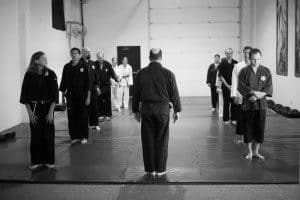
Sign Up For A Free Class
Come in and try a class, no strings attached. This is a great way to experience the classes, get to know the instructors, and find out if this is the right decision for you or your family.

